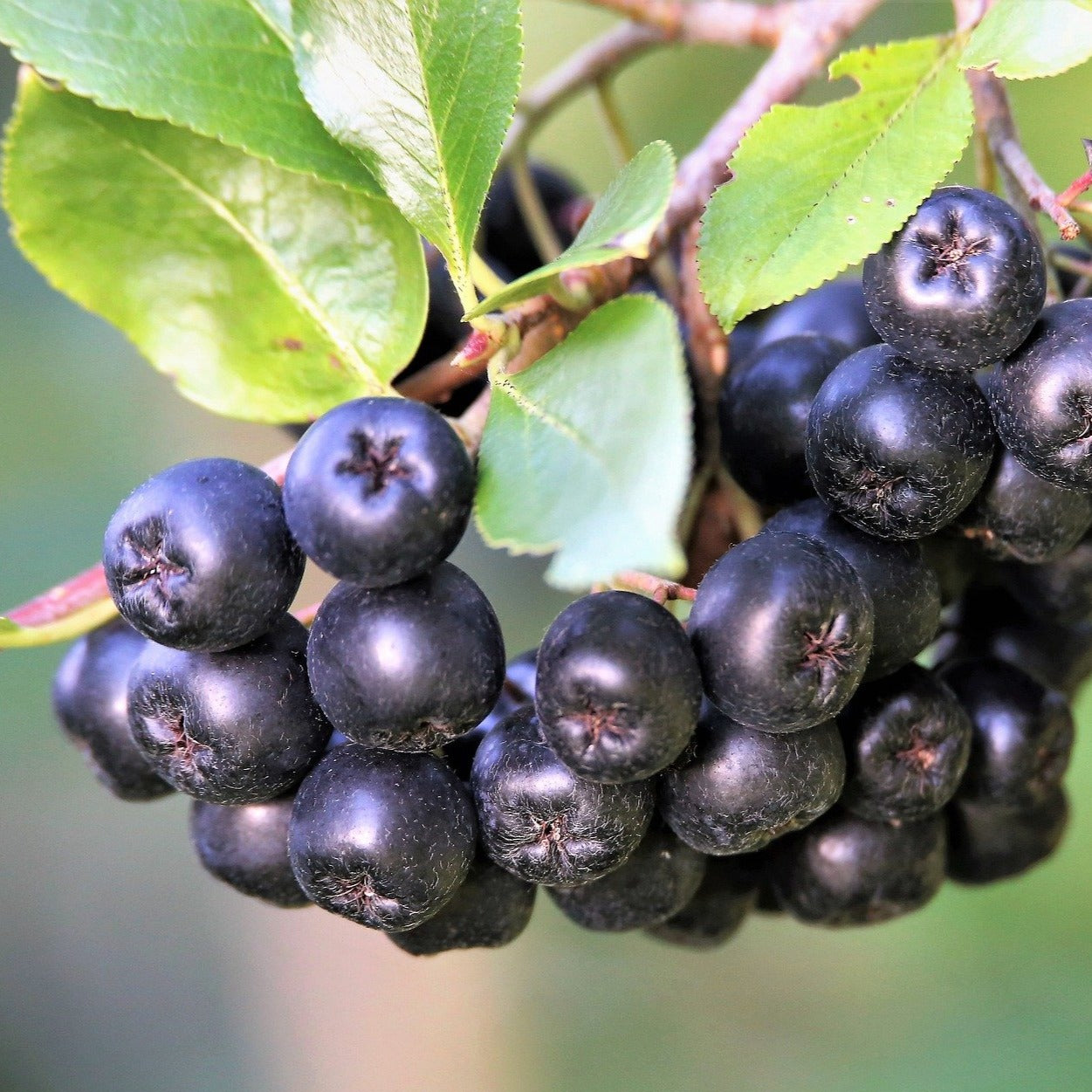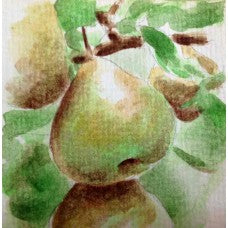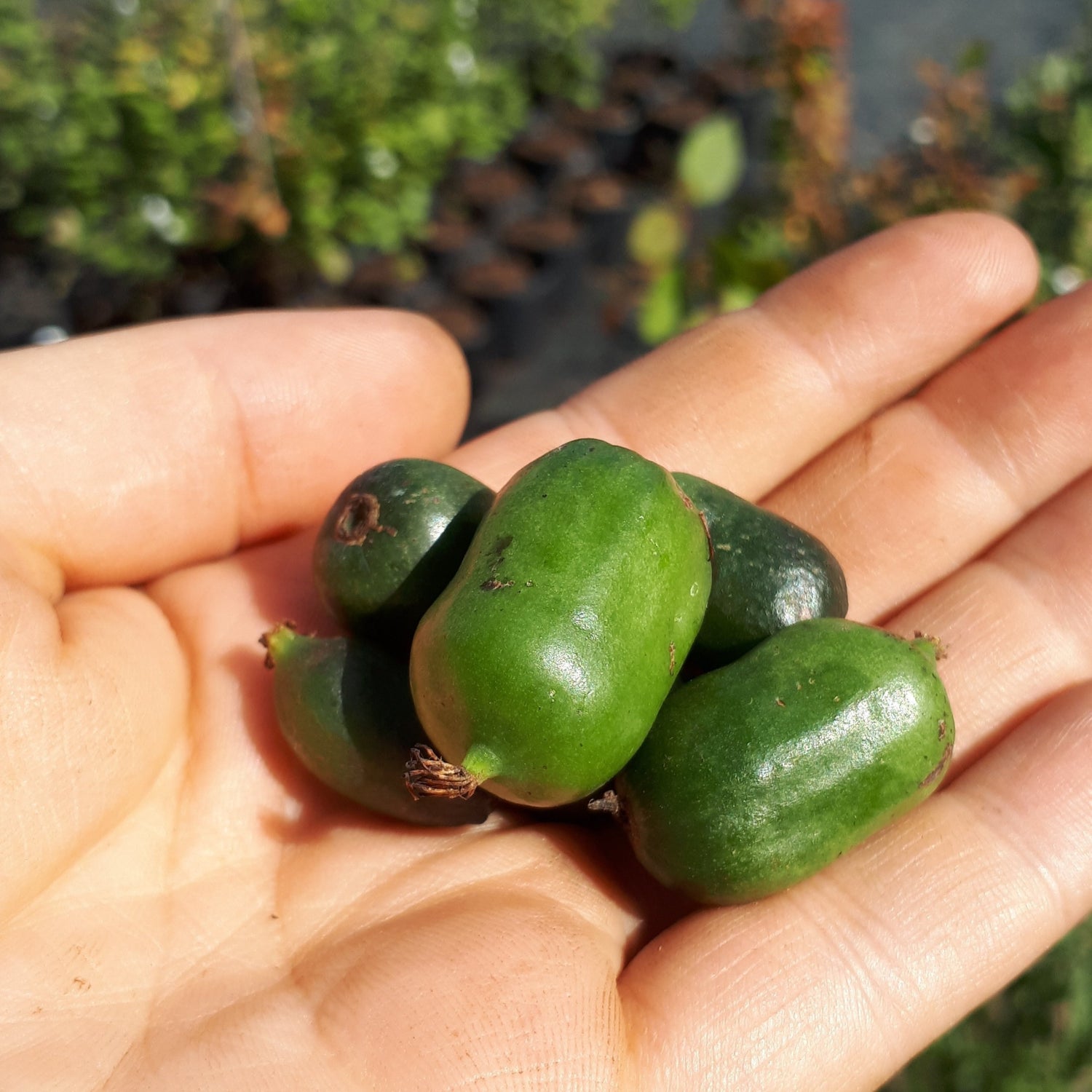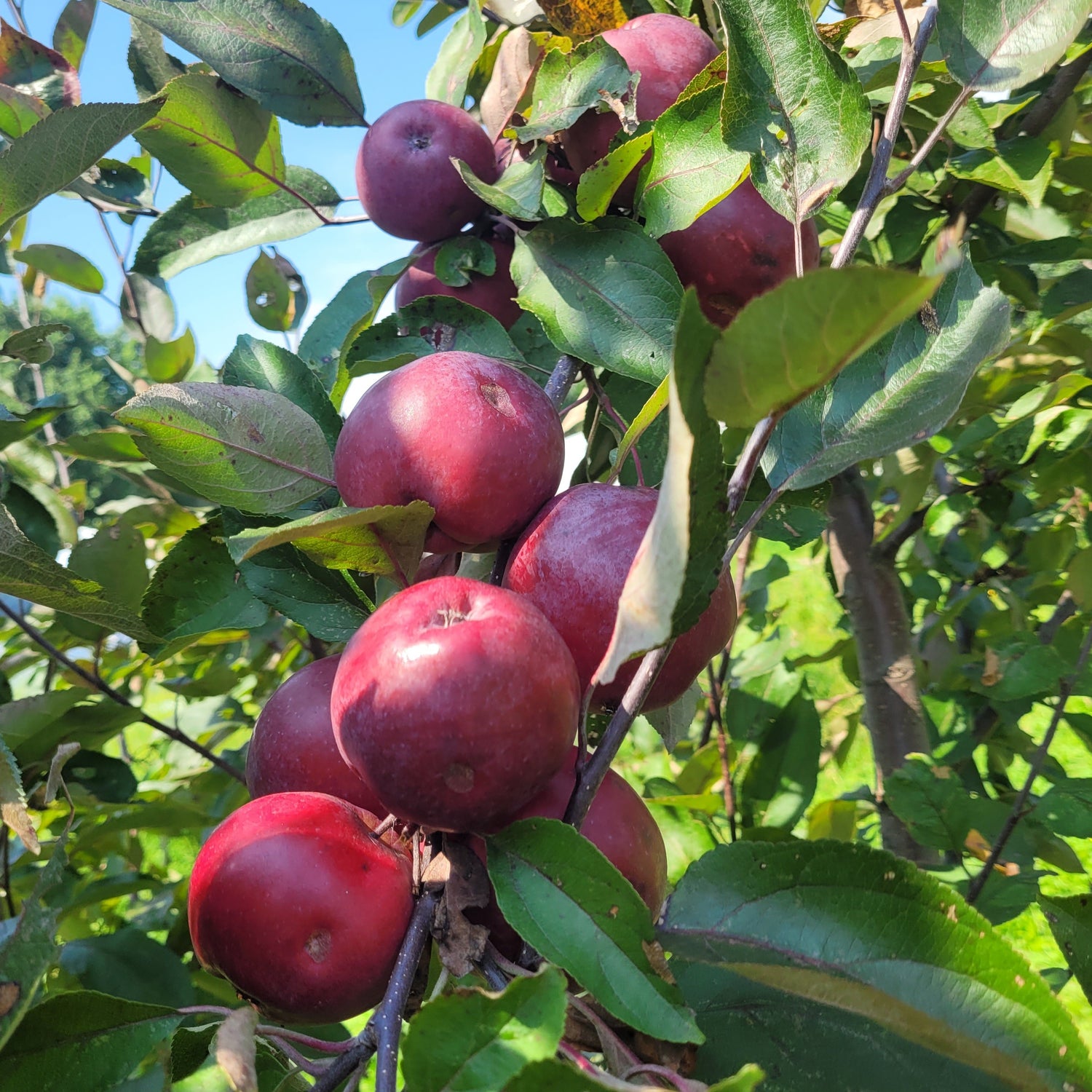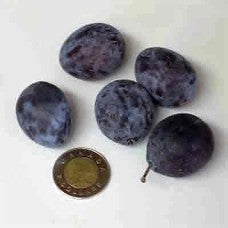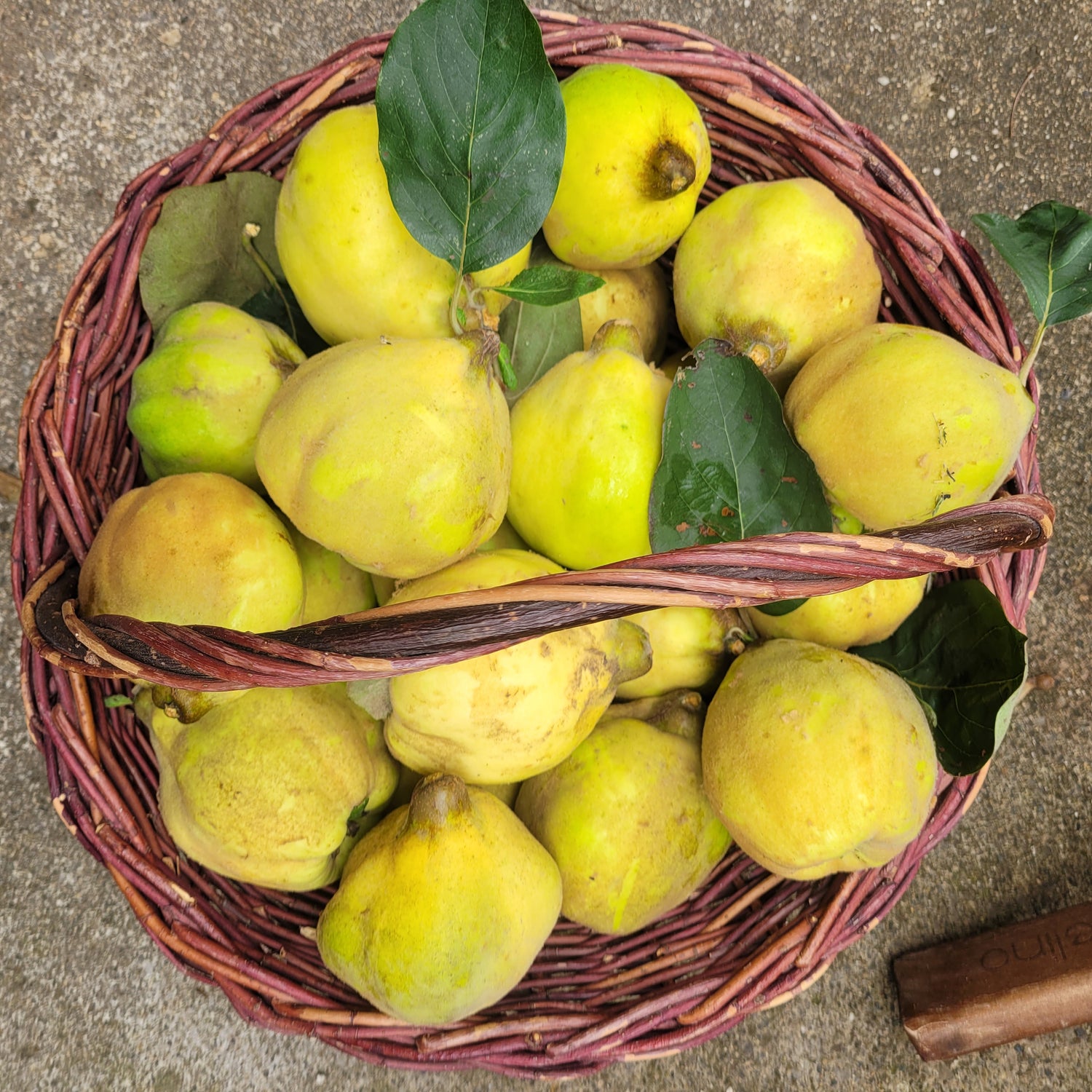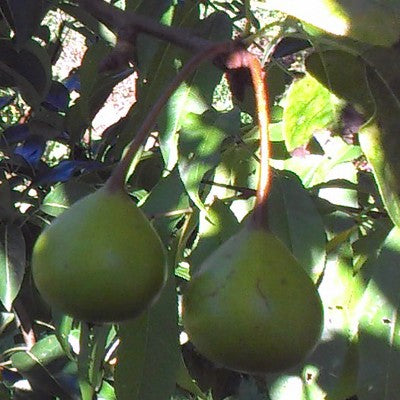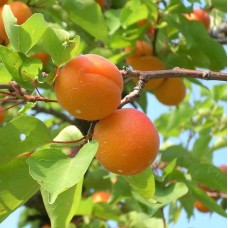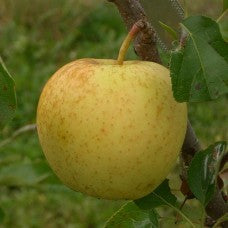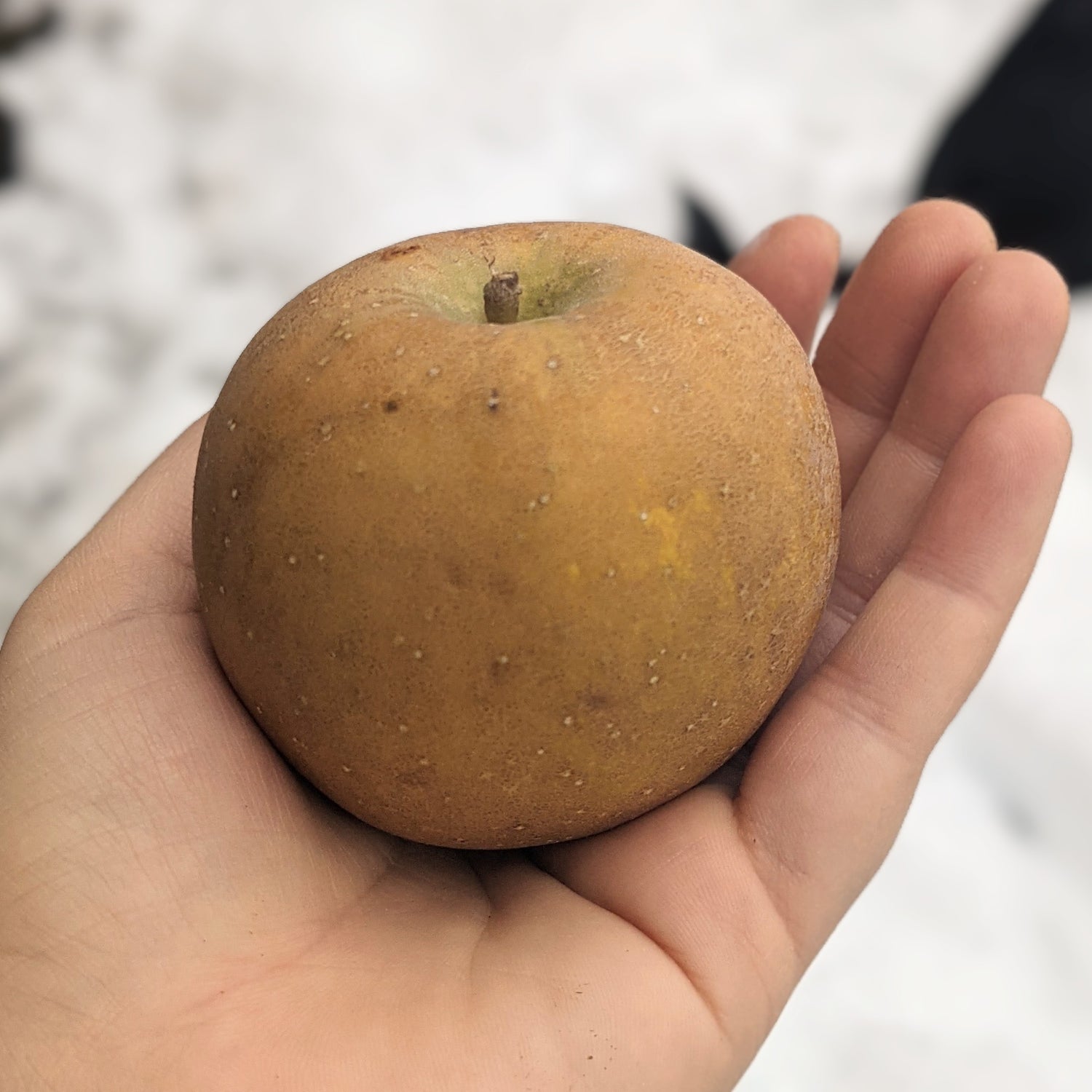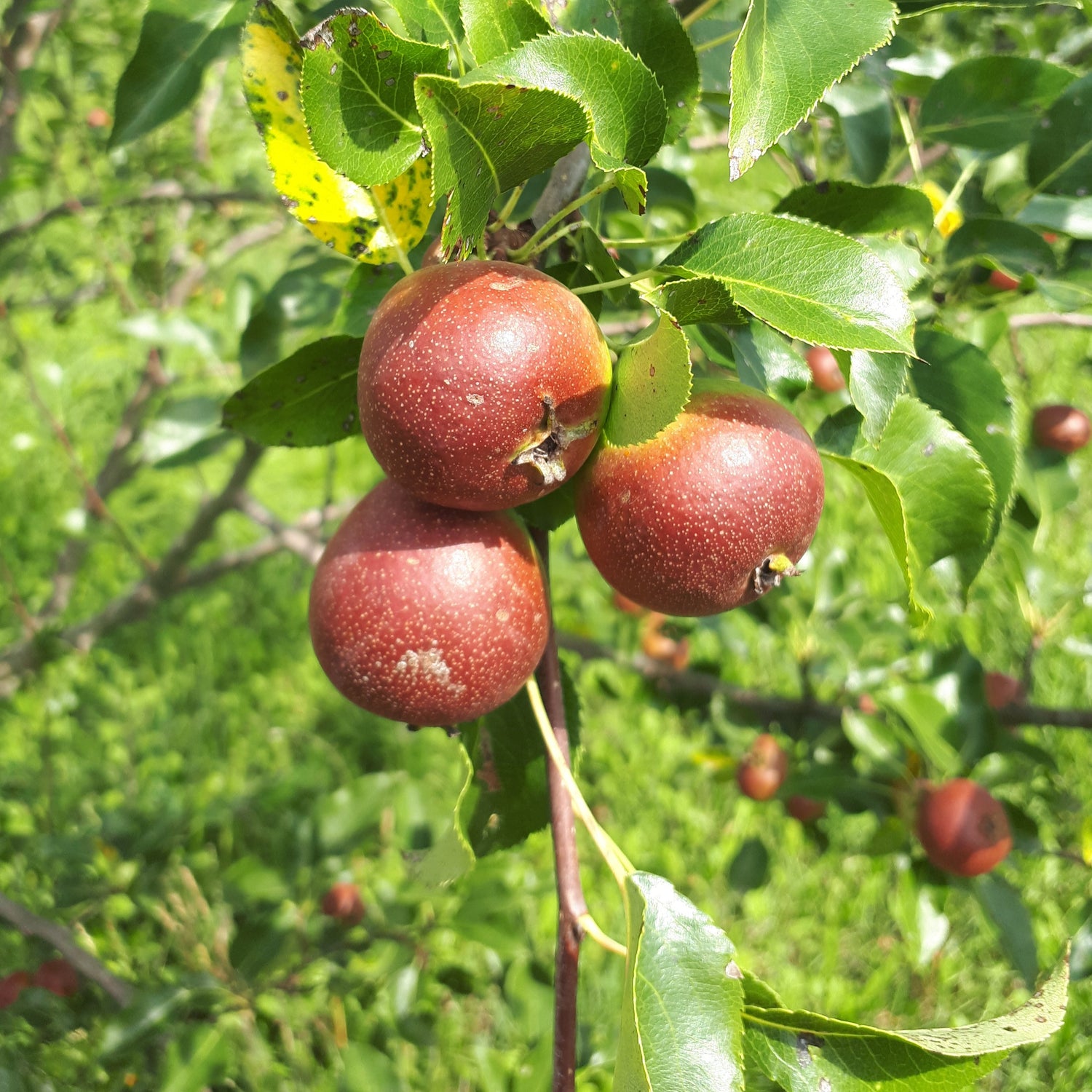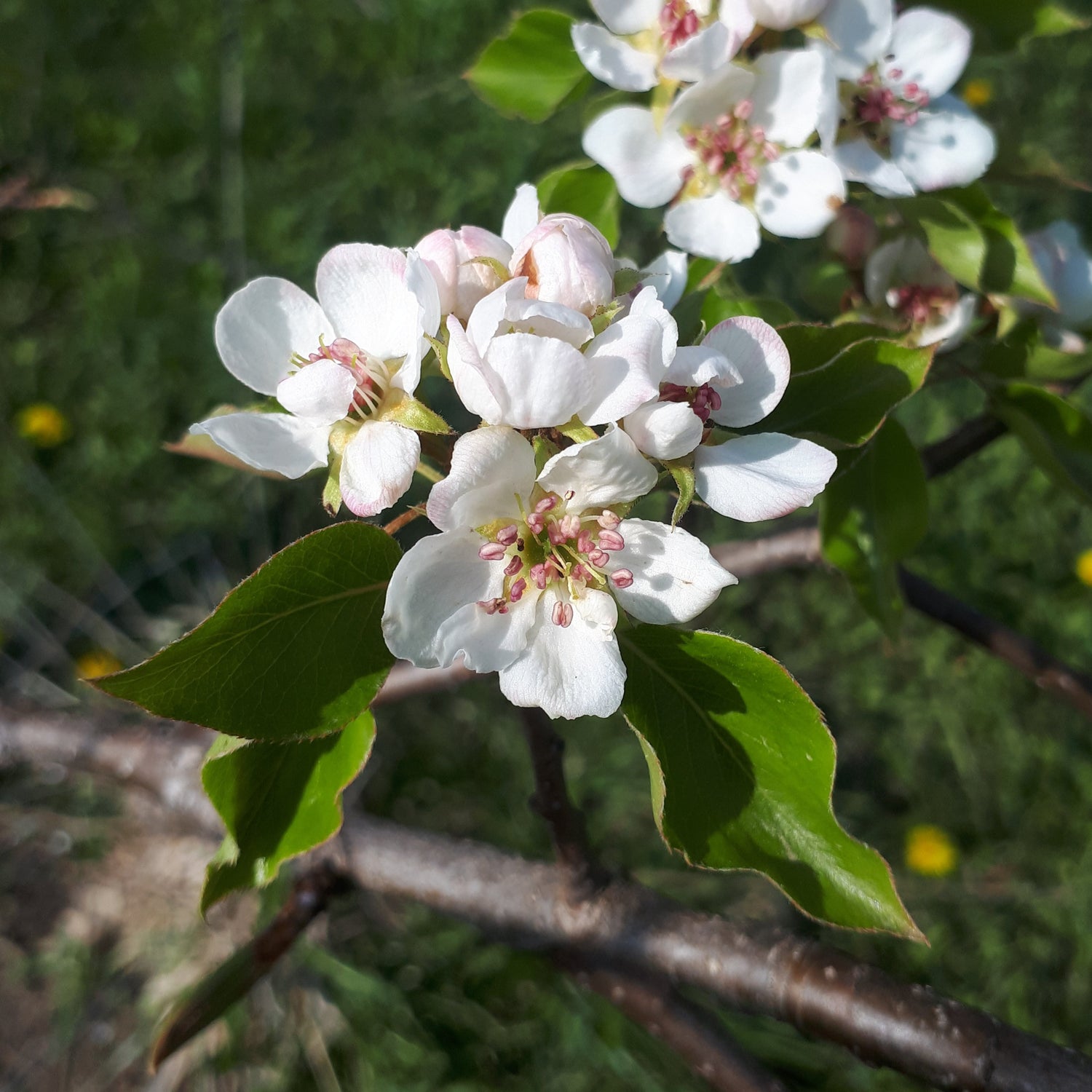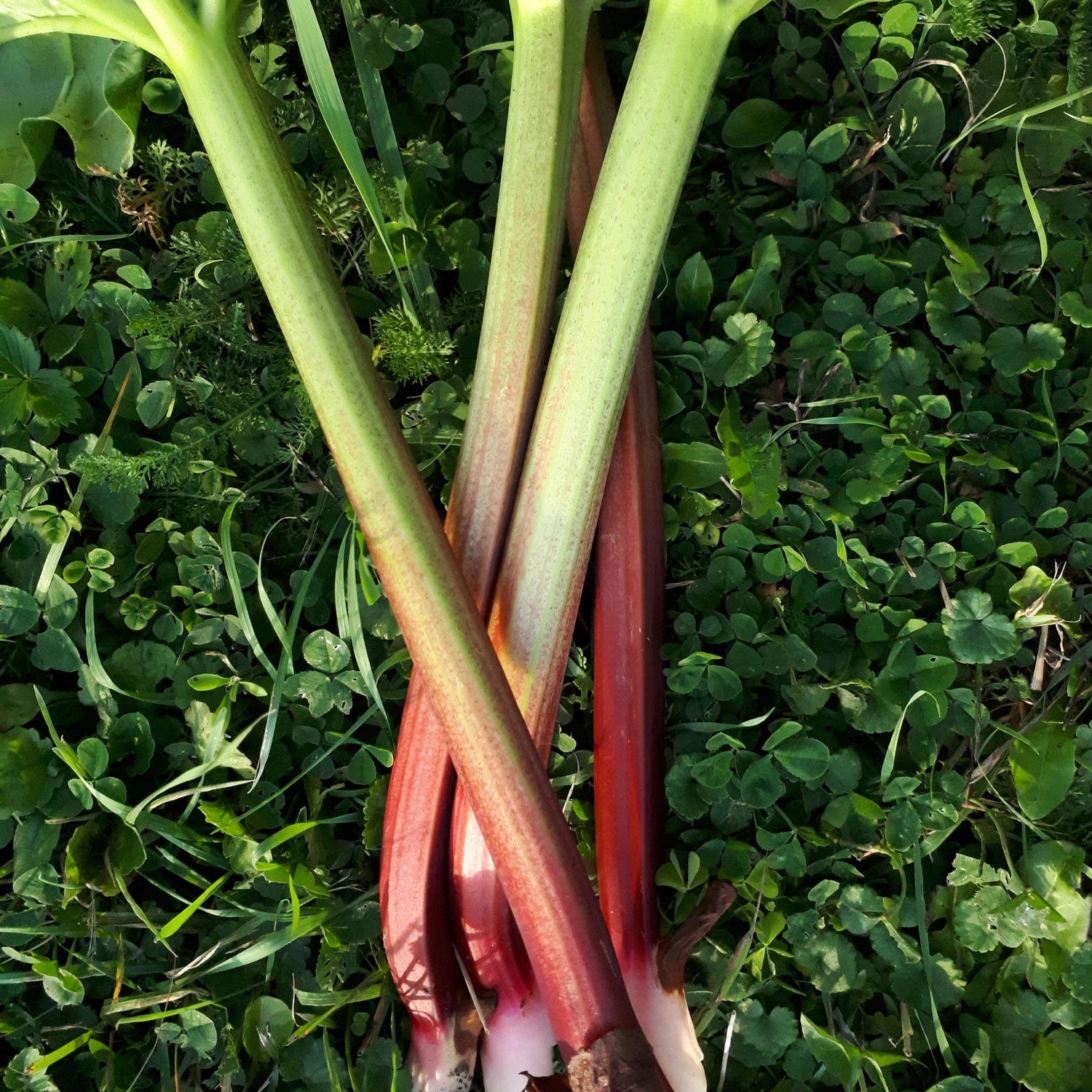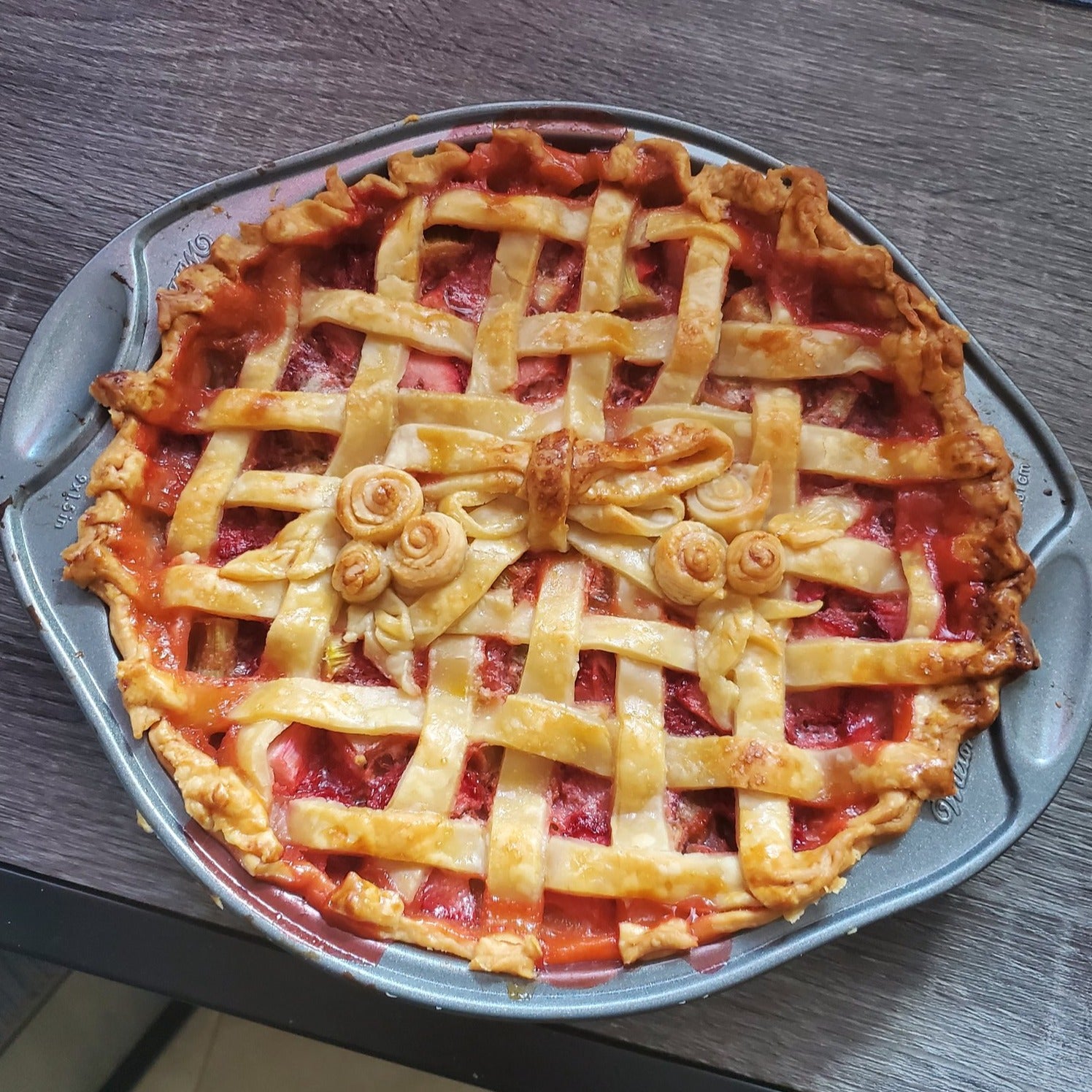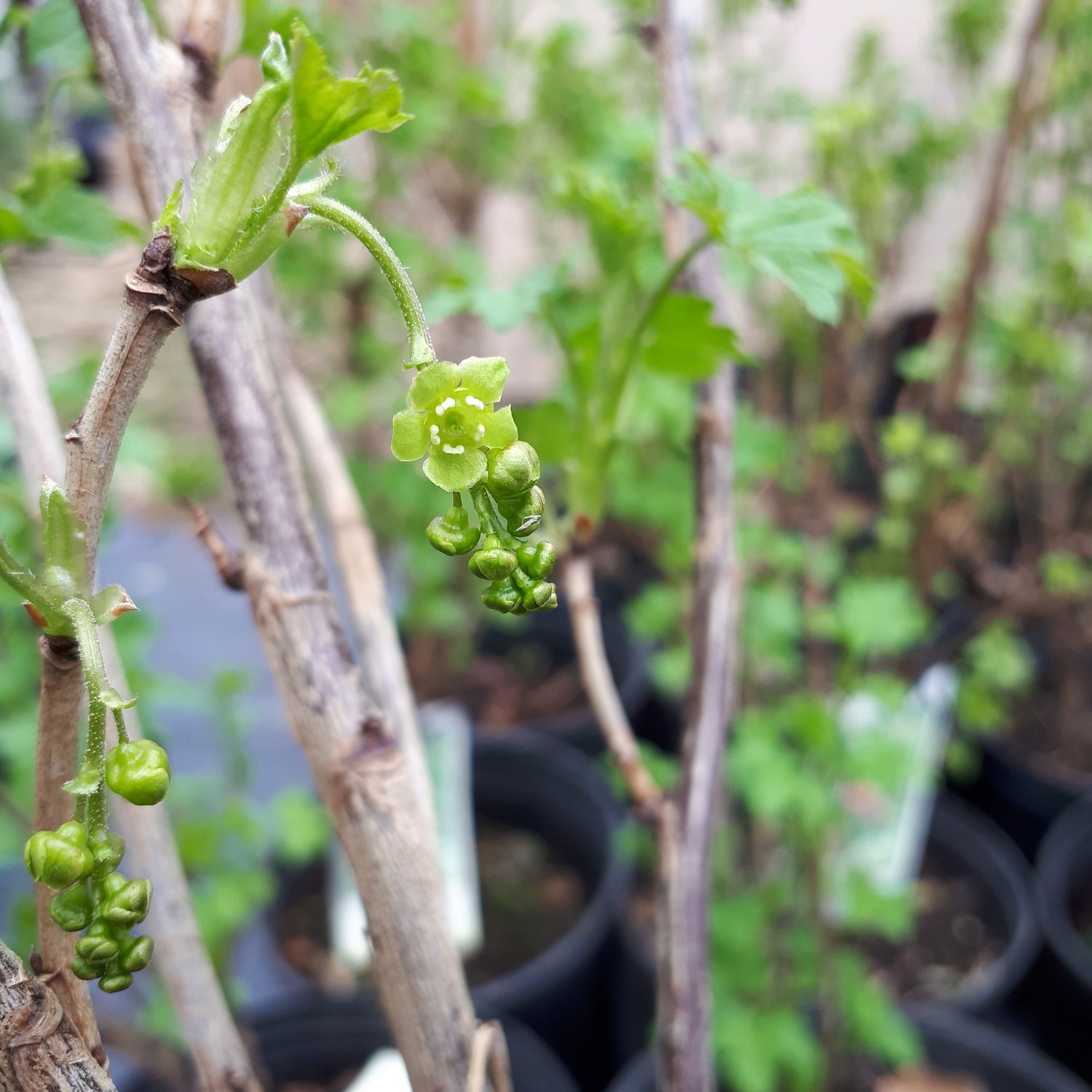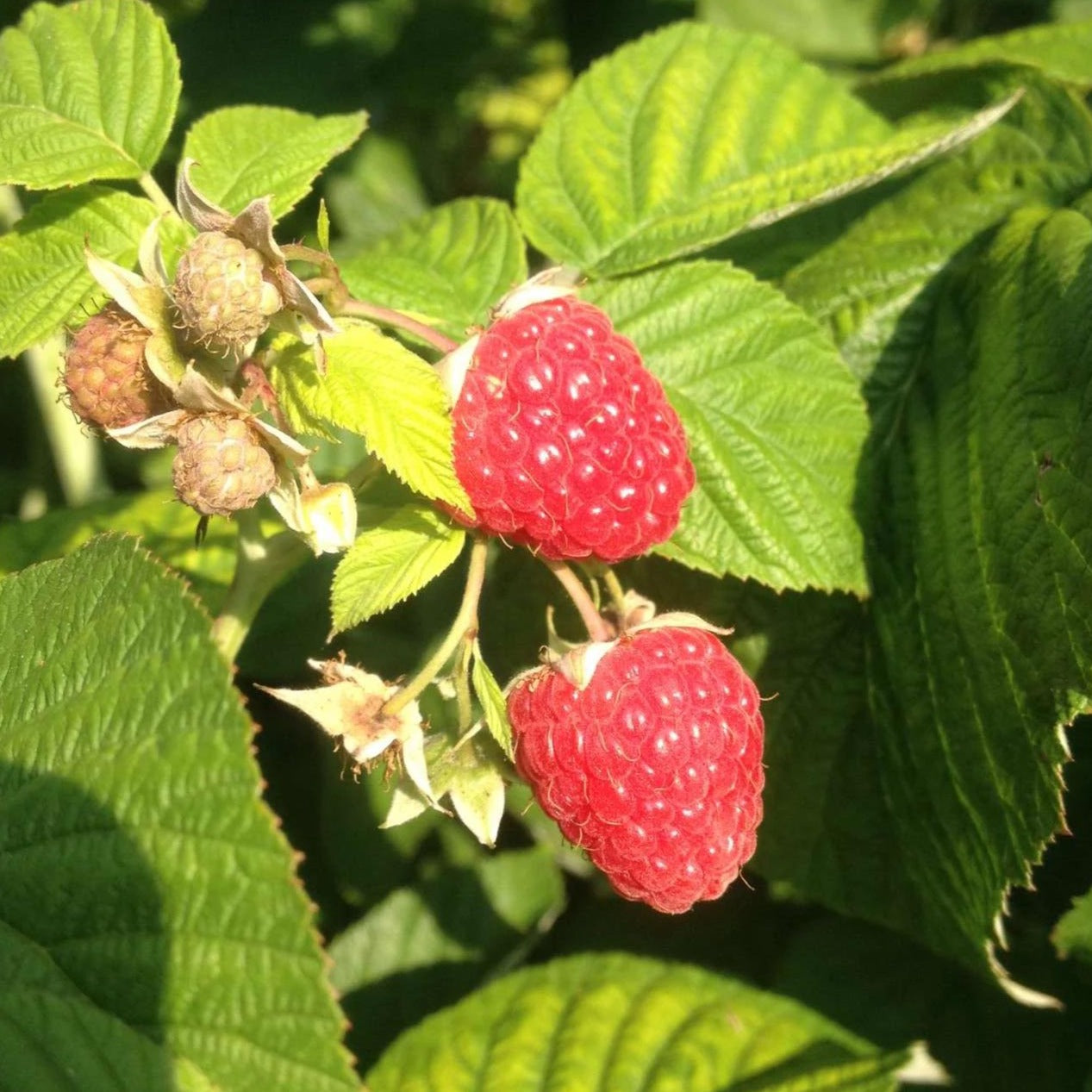Products
Sort by:
475 products
475 products
When you prune your fruit tree, you’re not just cutting branches; you’re partnering with a living organism to help it thrive. Together, you and your tree work toward a shared goal: a healthy harvest of delicious fruit.
In this book, Susan Poizner, ISA Certified Arborist and award-winning creator of OrchardPeople.com, combines science-based insights with practical strategies to make pruning intuitive. By understanding your tree’s needs, you’ll learn how to work with its natural growth patterns for healthier, more productive results.
With Susan’s guidance, you’ll discover:
- How proper pruning improves your tree’s health and directs its energy into producing higher-quality fruit
- Why winter pruning encourages rapid growth, while summer pruning slows it down
- Step-by-step techniques for Central Leader and Open Center pruning
- How to make your first pruning cut—often on the same day you plant your tree!
- How to train fruit tree branches with weights or clothespins to make them stronger and more productive
Susan Poizner has over a decade of experience helping growers master the art of fruit tree care. In this book, she shares everything you need to know about pruning, with clear, step-by-step instructions to guide you through the process.
If you crave crisp apples, juicy peaches, or varieties of fruit that can never be found in the store, there's no better way than to grow them yourself. Whether you have one tree or a hundred, Orin gives you all the tools you need, from tree selection and planting practices to seasonal feeding guidelines and in-depth pruning tutorials. Along the way, you'll gain a deeper understanding of the core principles of organic gardening and soil stewardship: compost, cultivation, cover crops, and increasing biodiversity for a healthier garden. This book is more than just a gardening manual; it's designed to help you understand the why behind the how, allowing you to apply these techniques to your own slice of paradise and make the best choices for your individual trees.
Filled with informative illustrations, full-color photography, and evocative intaglio etchings by artist Stephanie Martin, Fruit Trees for Every Garden is a striking and practical guide that will enable you to enjoy the great pleasure and beauty of raising homegrown, organic fruit for years to come.
History: Fuji apples were developed at the Tohoku Research Station in Japan in the 1930s and released commercially in 1962. It was named after Fujisaki, the town where it was created. Despite being created in Japan, this apple is actually a mix of two American varieties. Its excellent flavour and attractive appearance has made it one of the most popular apples varieties in the world. It is commonly grown in the US, Japan, and China.
Why We Grow It: Its crisp, very juicy, sweet flesh makes Fuji a very popular variety. It also stores well, lasting about three months. To the best of our knowledge, this is the original strain.
Why We Grow It: Along with the great sweet flavour and juiciness of the original, Fuji BC #2 also boasts redder skin, making it more appealing for those who prefer red apples.
History: Gala apples are one of several varieties created by J.H. Kidd in New Zealand as part of his project to cross Cox's Orange Pippin with American varieties in the 1930s. He definitely succeeded with the Gala apple which has since become one of the most popular apple varieties worldwide and a mainstay in grocery stores.
Why We Grow It: This apple earned its popularity with its amazing flavour, especially when eaten fresh off the tree. Although many sports with a deeper red colour have been introduced and marketed as Gala, they often come at a compromise to flavour so we offer you the original Gala with full sweet crunchiness.
Species: Aronia melanocarpa
History: Galicjanka was developed in Poland where Aronia berries are a common agricultural crop. It is one of the most popular varieties grown there due to its suitability for commercial plantations.
Why We Grow It: This variety produces large berries with good flavour. While the berries ripen in August, they can hang onto the bush for a couple months and tend to sweeten over time. Despite its popularity in Poland, it is unfortunately not very common in North America.
History: This is an old perry pear that has been known since the 1800s in Austria and Northern Switzerland. It was first recorded in 1854 and the name Gelbmostler means "yellow most pear."
Why We Grow It: Although the fruit doesn't keep well, it is prized for its high disease resistance, juiciness, and astringent flavour. The skin is greenish-yellow, speckled with russet spots. It has a sugar content of 10-11% by weight.
Species: Actinidia arguta
History: Geneva hardy kiwi was discovered growing in the Dr. Slate collection near the Cornell Experimental Station in Geneva, New York. It is named after the city of Geneva. A series of Geneva kiwis was bred and Geneva 3 was selected as the best-performing amongst all of them.
Why We Grow It: This variety produces medium-sized fruit with smooth skin so you can eat the whole kiwi! The delicious, honey-scented fruit can be enjoyed out of hand like grapes or made into preserves. You can also use it make a delicious and nutritious popsicle by pureeing it with some applesauce (or your favourite fruit) and a dab of honey, pouring it into molds, and freezing it. This vigorous vine can reach up for 40' long, so be prepared to prune, or trellis over 50lb of fruit per season.
History: The Geneva crabapple was developed in the 1930s in collaboration with the Ottawa Experimental Farm and the New York State Agricultural Research Station based in Ottawa. The creation of this crabapple was head by Isabella Preston who specialized in creating cold-hardy ornamental plants.
Why We Grow It: This attractive crabapple has deep maroon flesh. The tree itself is quite visually appealing, sporting red leaves and bright pink flowers in the spring. The taste is reminiscent of rhubarb and is suitable for cooking as well. As it is a low sugar/high acid juice, it is best blended with another high sugar variety for cider. It also adds a nice red hue to blends.
History: German plums are a European variety characteristic of the kind grown in central Europe. Although not much is known about its history, it is believed this variety is at least a couple centuries old.
Why We Grow It: A juicy, freestone plum with an aromatic, sweet flavour. They are great for fresh eating and due to their drier than average nature, are great for baking into traditional German plum desserts. They keep for 2-4 weeks refrigerated, providing ample time to enjoy them fresh or find that perfect recipe.
The photo of the plums in hand compares 4 larger Italian plums on the upper right, to 2 smaller German plums on the lower left.
Species: Prunus sp
History: These seedlings are grown from German plum seeds collected from our orchard. Likely a few centuries old, German plums are a classic prune style plum that are great for traditional German desserts.
Why We Grow It: Seedling fruit trees are a great way to add some diversity and mystery to your garden or orchard! The parent of this variety, German plum, is sweet and aromatic. It is good for eating fresh and great for drying or baking. For a more detailed description, see the German plum page on our website here.
Please Note: Since plums tend to stay true to type more than apples, these seedlings will likely bear a strong resemblance to their parent variety. However, any specific information listed on this page should be taken with a grain of salt as there may be some variation from the parent tree.
History: Little is known about the history of Giant of Zagreb aside from the fact that it originated in the former country of Yugoslavia. Its country of origin suggests it was developed some time in the 20th century since the nation only lasted from 1918-1992. It was named for Zagreb, a major Yugoslavian city that is now the capital of Croatia.
Why We Grow It: The fruit of Giant of Zagreb are large with greenish-yellow skin and firm white flesh. The flavour is mild for a quince, although this isn't saying much. For those who have never tasted quince, it is a sour-raspberry flavoured experience not soon forgotten. As the flavour profile suggests, it is best used in baking, jellies, sauces (quince sauce or added to apple sauce), or candied. This is one of the hardiest varieties of quince available.
Shopping for someone else but not sure what to give them?
Give them the gift of a sustainable future with a Silver Creek Nursery gift card!
Recipients may choose from any of the products listed on our website, including a wide range of edible plants. Would they like cherry trees? Perhaps they are looking for apple rootstock? Maybe they want to try a fruit tree grafting course? We have you covered!
Gift cards are delivered by email and contain instructions to redeem them at checkout.
Our gift cards have no additional processing fees.
A printable PDF is available HERE if you want to give the recipient a physical gift!
PLEASE NOTE: The printable PDF does not count as a gift certificate, you will need to pass the code on to the recipient. We will not accept the printable page as payment unless the recipient also provides the sixteen-digit gift card code.
History: Gin pears were first recorded in England in 1886. It was said the perry made from this pear had a juniper flavour, hence the name 'Gin.' It it still quite popular in parts of England.
Why We Grow It: The small fruit of this pear are used chiefly for perry, producing a good quality juice of medium tannins and acidity. The harvested fruit can be kept up to a month until pressing.
History: Ginger Gold has quite the dramatic origin. In 1969 Hurricane Camille hit Virginia and brought awful floods, devastating the orchards of Clyde and Frances "Ginger" Harvey. As Clyde Harvey went to save the few remaining trees in his Winesap orchard, he discovered a mysterious seedling that produced yellow apples instead of red. Genetic testing showed it was a seedling of Golden Delicious, Albermarle Pippin, and an unknown third variety. Clyde named the variety after his wife and it was introduced commercially in 1982. Since then, it has become a commercially popular early variety! In 2007, the Virginia General Assembly proposed a bill to make Ginger Gold the official state apple, although this bill was sadly tabled.
Why We Grow It: It is easy to see why this such a popular early apple! Ginger Gold produces lovely bright yellow apples that sometimes sport a red blush. These medium-large apples have are firm and juicy with a pleasant sweet flavour that has a nice tart finish. The fruit is slow to brown which makes them even better for fresh-eating along with drying. For fans of feeding wildlife, Ginger Gold apples are known to hang onto the tree well after they are ripe.
History: Glowing Heart was bred in Toronto by Fred Jansen, one of the founders of the North American Fruit Explorers (NAFEX). This unique apple is still in its early years.
Why We Grow It: This variety has a unique pink and white flesh and is quite acidic. One bite will make you pucker! Although not the best option for fresh eating, this apple creates an aromatic jelly with rich flavour and can be used in ciders as well. It does well in organic orchards.
History: Goldcot was bred by researchers in Michigan's snowbelt with the goal of creating a hardier apricot that could withstand harsher winters. They succeeded and Goldcot apricots were introduced in 1967.
Why We Grow It: Both an early and notably hardy cultivar, Goldcot is known to be productive and dependable. The flesh of the fruit is drier than other apricots and has a slight tangy taste that is good for both fresh eating and canning. The tree has a natural semi-dwarf growth habit, great for anyone looking for a smaller apricot tree.
History: Golden Delicious was discovered by chance on a family farm in West Virginia and sold in 1914 to the Stark Brothers Nurseries. It has since become one of the most popular apples in North America. Since 1972, Clay County, where the apple was found, has hosted an annual Golden Delicious Festival and in 1995 it was declared the state fruit of West Virginia. Golden Delicious is also the parent of many varieties, including prominent ones such as Ambrosia and Gala.
Why We Grow It: It is easy to see why this apple is so popular with its attractive golden yellow skin and sweet, crisp cream-coloured flesh. Golden Delicious is a favourite for fresh eating, sauce, and apple butter. On top of that, it is resistant to scab, powdery mildew, and fire blight.
History: Golden Nugget was created more or less by accident when Golden Russet and Cox's Orange Pippin were crossed at the Kentville Agricultural Station in Nova Scotia in 1932. Despite being an accident, once researchers realized how flavourful this variety was they continued to raise it and eventually released it in 1964. Although a delicious apple, its small size prevented it from attaining true commercial success.
Why We Grow It: It is prized for its incredible flavour which is super sweet and tangy like a pineapple. Along with being great for fresh eating, it is also suited for cider. The tree itself boasts decent disease resistance.
History: The origins of Golden Russet are unclear, but we know it was discovered in New York in the first half of the 1800s. It may have come from the seedling of an English russet variety and could have Ashmead's Kernel parentage. It was grown commercially for some time before falling out of favour, although it has regained some popularity recently due to its strengths in cider production.
Why We Grow It: With both lots of sweetness and acidity, Golden Russet is one of our favourites for fresh eating. The flavourful juice from these apples is also great for making cider. The thick russetted skin discourages insect damage and it is resistant to scab, canker, and powdery mildew. Its tip-bearing habit gives these hardy trees a wispy appearance.
History: Golden Sentinel was developed at the Pacific Agri-Food Research Centre in Summerland, BC. It was first bred in 1986 as part of a breeding program to create high quality columnar apples. It underwent further testing until 1997, after which it was eventually released.
Why We Grow It: Golden Sentinel is wonderful for a variety of reasons! It produces attractive, large yellow apples with a sweet flavour reminiscent of Golden Delicious. The fruit can be eaten fresh or used for baking. Its columnar growth habit means it stays quite thin, making it a great option for container growing and/or those with limited space. This variety is also quite disease resistant.
History: Golden Spice was developed by the University of Minnesota and introduced in 1949. It has Ussurian pear (Pyrus ussuriensis) heritage, a separate species from standard European pears (Pyrus communis).
Why We Grow It: Golden Spice is a Ussurian variety with excellent cold-hardiness. The fruit is small and yellow with a sweet, spicy flavour. It is resistant to fireblight.
History: Goldrush was bred specifically for scab resistance as part of the collaborative PRI disease-resistant breeding program run by Purdue University, Rutgers University, and the University of Illinois. It was developed in the 1970s and released in 1994. This variety has a complex heritage of Golden Delicious mixed with a cross of several other varieties for their disease resistance.
Why We Grow It: This is arguably the best scab-resistant variety released from the PRI Breeding Program as far as flavour is concerned. The dense, crisp flesh of this yellow apple is full of sugars and flavour. It is distinctly spicy and tart at first but mellows the longer it is in storage. The fruit stores exceptionally well. This truly multi-purpose apple is also great for drying and, unusually for a modern variety, is good in hard cider.
History: Goodland was developed at the Morden Research Station in Manitoba as part of an effort to breed cold hardy apples for the prairies. It is a seedling of Patten Greening that was selected in 1925 and the variety was introduced commercially in 1955.
Why We Grow It: The cold hardy Goodland produces a medium to large yellow apple with red striping. This crisp, juicy apple has sweet/tart flavour that is great for fresh eating, cooking, and sauce. Unlike most early ripening varieties, Goodland will store well for several months.
A good grafting knife is an essential tool for anyone interested in grafting. They are quite sharp so they can cleanly slice through scionwood and rootstock, and have a single bevel which is preferred for grafting.
We offer the following options:
Victorinox Grafting Knife (Right- or Left-Handed) - Made of stainless steel, this grafting knife is a good quality, economical, lightweight knife for beginners and casual users. Available in red (left-handed) or green (right0handed).
Victorinox Grafting and Budding Knife with Brass Bark Lifter (Right-Handed) - This stainless steel knife is designed for grafting and budding. It features a uniquely shaped stainless steel blade with a bark lifter along with a separate brass bark lifter.
NO LONGER AVAILABLE - Victorinox Grafting and Budding Knife (Right-Handed) - This stainless steel knife is designed for grafting and budding. It features a flat-tipped stainless steel blade with a bark lifter.
Buddy tape is a flexible, rubbery tape holds bench grafts together and keeps in moisture! We have two options available:
- Packs of 50 pieces - each piece is 30mm x 75mm
- Individual rolls (perforated) - each roll is 60m long and has ~850 pieces of 30mm x 75mm sections of tape
To use this tape, simply wrap it around the graft union slowly moving it up and down around the union to ensure none of the cambium is exposed to the air. You can then rip a tiny bit off the end and use it to seal the tip of your scionwood as well so it doesn't dry out.
The tape will naturally biodegrade over time and fall off from the tree. However, be careful not to wrap the tree too tightly such that the tape becomes a thin strand rather than stays flat. This may begin to girdle your tree, a lesson we unfortunately learned the hard way.
2025 Staff Favourite
Grandma Barbara-Anne Rhubarb is Steph's favourite this year! In her experience, “it makes a really pretty pink juice when cooked down. She used it to create a salad dressing that was lovely both in colour and flavour!”
All Staff Favourites are 20% off. The Staff Favourite Discount cannot be combined with other quantity discounts.
Species: Rheum sp
History: Zack's grandma Barbara-Anne grew this variety on her homestead near Poplar Hill. It has been enjoyed throughout the generations in a multitude of crisps, jams, tarts, sauces, and pies (see one of Mouse's pies in the pictures!).
Why We Grow It: Rhubarb is nutritious, incredibly easy to grow, and sports a showy bloom appreciated by both pollinators and humans. This perennial vegetable creates a lush, delicious ground cover and can be used to make a variety of delicious dishes.
A note on the "Grandma" Series: Inspired by Ken's 'Grandma Ethel Black currant', we decided to curate our own repertoire of family favourites grown by our grandmothers! Check out our tried-n-true gooseberries and raspberries in addition to the currants and rhubarb.
Species: Ribes nigrum
History: This black currant is a family classic that was grown by Ken's great-grandmother.
Why We Grow It: Grandma Ethel produces large fruit with a slightly stronger flavour than Titania and an unusual sweetness for a currant. The berries make a very tasty juice - the recipe can be found further below!
A note on the "Grandma" Series: Inspired by this modest currants' success here at the nursery, we decided to curate our own repertoire of family favourites! Check out our tried-n-true gooseberries, rhubarb and raspberries.
Species: Rubus sp
History: These red raspberries were grown by our great-grandmother and have been passed down through the family.
Why We Grow It: We might be a little biased, but we think they have superior flavour! The fruit is very uniform, not crumbly, and holds its shape well fresh or frozen.
A note on the "Grandma" Series: Inspired by Ken's 'Grandma Ethel Black currant', we decided to curate our own repertoire of random (may be a cultivar from long ago, or a favoured seedling) berries that have become family favourites! Check out our tried-n-true rhubarb and gooseberries in addition to the currants and raspberries.
Species: Morus sp
History: Grandpa Harold mulberries are named in memory of Steph's grandfather, whose property houses the mulberry tree we collected these cuttings from. The tree came from Steph's father, who collected mulberry seeds from a tree near Hawkesville and gave one of the resulting seedlings to Grandpa Harold. The tree has provided ample fruit for years and now delights Grandpa Harold's great-grandchildren. The cuttings were taken out of sentimental value as the property where it is growing may be sold in the future.
Why We Grow It: Overall Grandpa Harold is a fairly standard mulberry, producing delightfully sweet berries that are great for fresh eating and baking, but its special sentimental value makes it taste that much sweeter.






